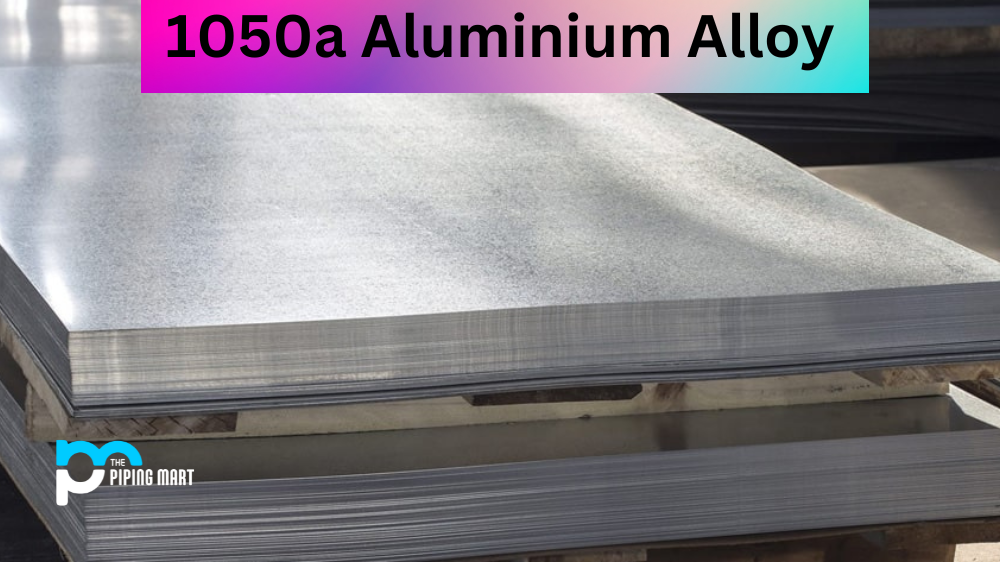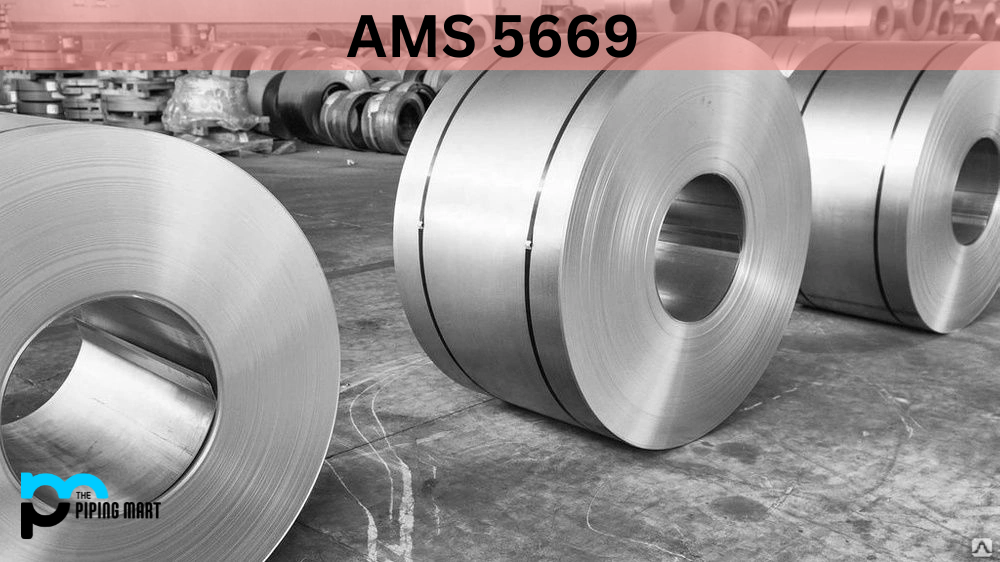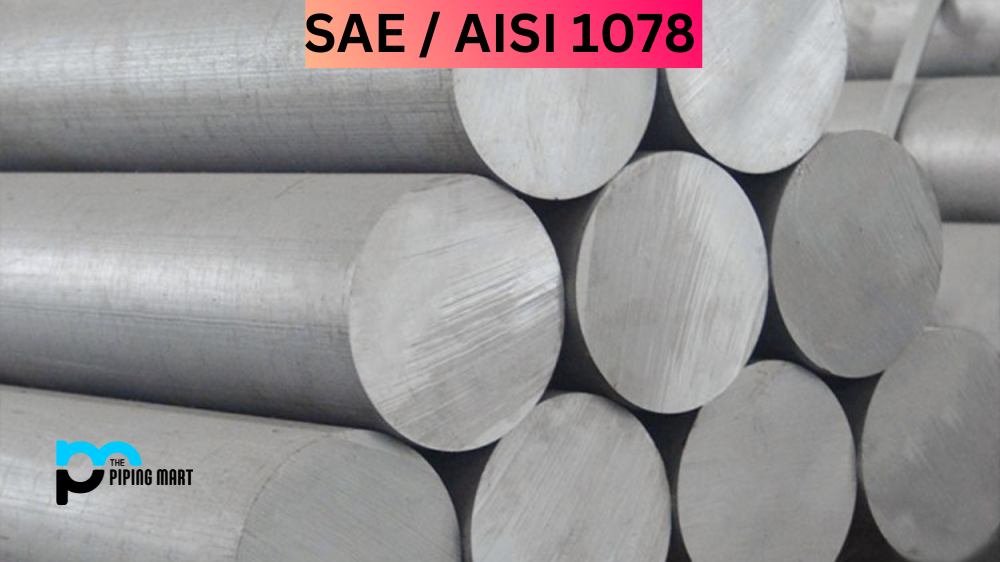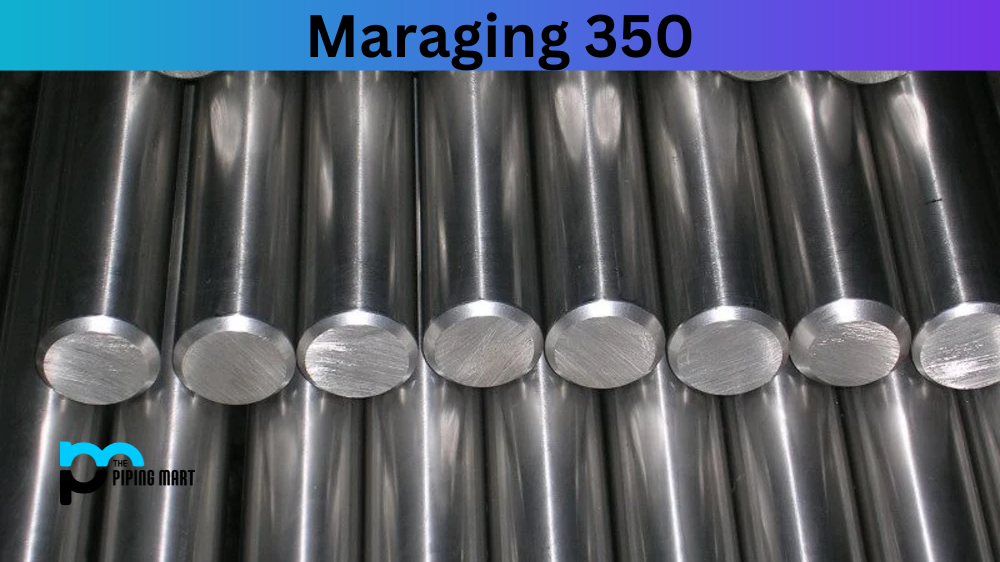Aluminium is one of the most abundant materials on earth, and it is used in various applications, from construction to electronics. However, not all aluminium alloys are created equal. One of the most commonly used alloys in industrial and commercial applications is the 1050a aluminium alloy. In this blog post, we will delve into the features, mechanical, and physical properties of 1050a aluminium alloy.
1050A Aluminium Alloy Composition
The composition of 1050a aluminium alloy includes 99.5% aluminium and 0.5% other elements such as magnesium, iron, copper, and zinc. This makes it one of the purest alloys of aluminium available. Due to its high purity, 1050a aluminium alloy has excellent corrosion resistance, high electrical conductivity, and good thermal conductivity, making it ideal for applications in the electrical and electronic industries.
| Chemical Element | % Present |
|---|---|
| Manganese (Mn) | 0.0 – 0.05 |
| Iron (Fe) | 0.0 – 0.40 |
| Copper (Cu) | 0.0 – 0.05 |
| Magnesium (Mg) | 0.0 – 0.05 |
| Silicon (Si) | 0.0 – 0.25 |
| Zinc (Zn) | 0.0 – 0.07 |
| Titanium (Ti) | 0.0 – 0.05 |
| Other (Each) | 0.0 – 0.03 |
| Aluminium (Al) | Balance |
1050A Aluminium Alloy Physical Properties
Regarding physical properties, 1050a aluminium alloy has a density of 2.7 g/cm³, which is relatively low compared to other metals like steel. This lightweight nature makes it highly popular in transportation, particularly car body panels and aeroplane fuselages. Additionally, 1050a aluminium alloy has a low melting point of 660°C, making it easy to work using various fabrication methods.
| Physical Property | Value |
|---|---|
| Density | 2.71 g/cm³ |
| Melting Point | 650 °C |
| Thermal Expansion | 24 x10^-6 /K |
| Modulus of Elasticity | 71 GPa |
| Thermal Conductivity | 222 W/m.K |
| Electrical Resistivity | 0.0282 x10^-6 Ω .m |
1050A Aluminium Alloy Mechanical Properties
Regarding mechanical properties, 1050a aluminium alloy has a tensile strength of 50-95 MPa and a yield strength of 20 MPa. This low strength makes it unsuitable for structural applications that require high strength and rigidity. However, it has a high elongation capacity of up to 45%, which means it can be formed into complex shapes and designs.
| Properties | Metric | Imperial |
|---|---|---|
| Tensile strength (@diameter 12.7 mm/0.500 in) | 75 MPa | 10877 psi |
| Elongation at break | 32% | 32% |
| Elastic modulus | 73 GPa | 10587 ksi |
| Shear strength | 50 MPa | 7251 psi |
| Hardness, Brinell | 20 | 20 |
| Hardness, Vickers | 22 | 22 |
1050A Aluminium Alloy Uses
The uses of 1050a aluminium alloy are numerous and varied. Due to its excellent electrical and thermal conductivity, it is commonly used in the electrical industry for making electrical conductors, transformers, and capacitors. It also produces consumer goods such as kitchen utensils, packaging foils, and cans. Additionally, it can be used in the construction and transportation industries for making lightweight components and parts.
1050A Aluminium Alloy Heat Treatment
As a non-heat-treatable alloy, 1050a aluminium alloy cannot be hardened by heat treatment. However, it can be strengthened through cold working, which involves deforming the metal at room temperature. This process can improve its hardness, tensile strength, and mechanical properties.
1050A Aluminium Alloy Hardness
The hardness of 1050a aluminium alloy is generally low, with a rating of about 22 on the Brinell hardness scale. However, this can be increased through cold working or the addition of other elements. It can improve strength and hardness with other alloys, such as manganese or silicon.
Conclusion
1050a aluminium alloy is a versatile, lightweight, and corrosion-resistant material that can be used in various applications. While it may lack the strength and hardness of other alloys, it still has unique properties that make it ideal for specific uses. Understanding the properties and uses of 1050a aluminium alloy can help manufacturers and engineers decide when and how to use it.




